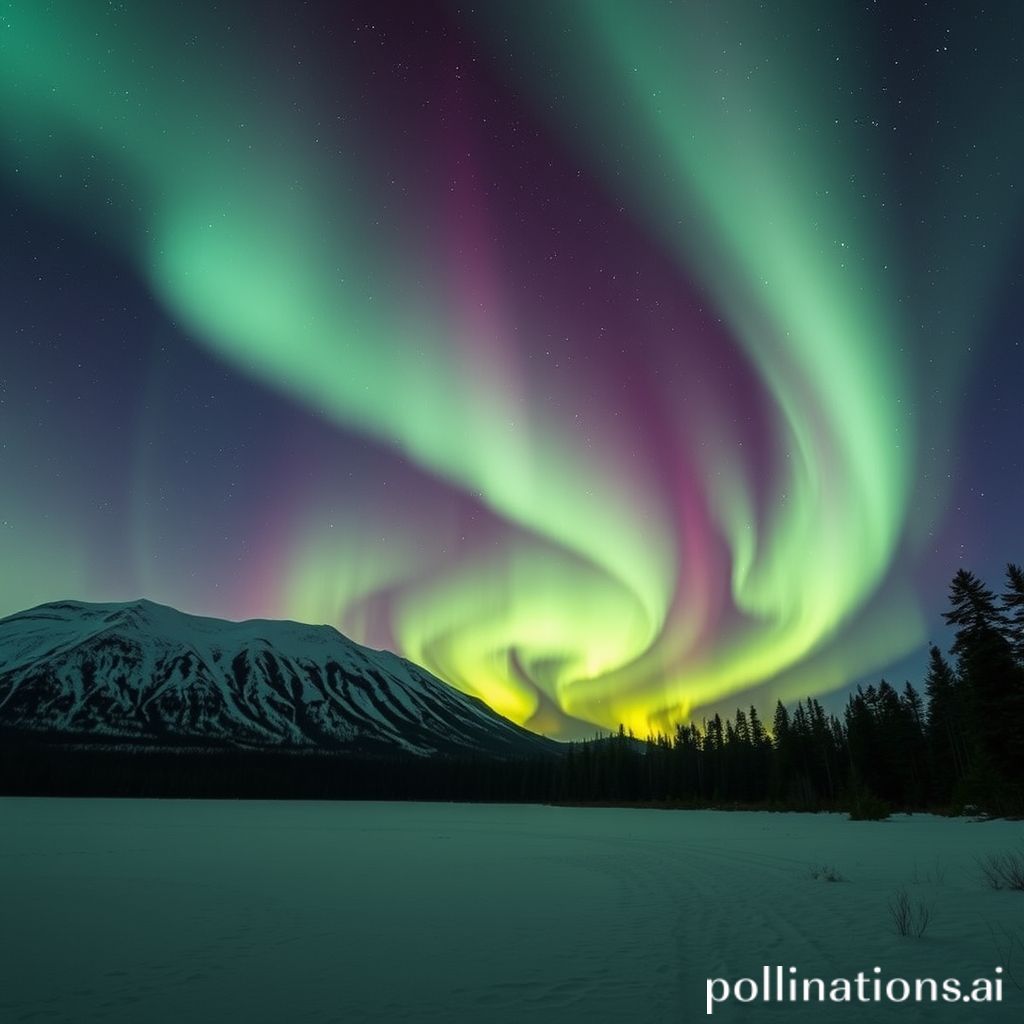
How to Watch the Last-Minute Northern Lights for a Second Time this Week
Chasing the Aurora Again? Your Last-Minute Guide to the Northern Lights Spectacular
Hey Aurora Chasers! Remember that incredible display of the Northern Lights we witnessed earlier this week? Well, guess what? The celestial show might not be over yet! Geomagnetic activity is suggesting another potential burst of aurora activity, giving us a second chance to witness this breathtaking phenomenon.
Excited? I know I am! But chasing the aurora, especially on short notice, requires a bit of planning and quick action. Don t worry, I'm here to equip you with everything you need for a successful viewing. Let s dive in.
Understanding the Forecast: Deciphering Aurora Alerts
The key to seeing the Northern Lights, also known as Aurora Borealis, lies in understanding space weather. Specifically, we need to monitor the Kp index, a measurement of geomagnetic activity. This index ranges from 0 to 9, with higher numbers indicating a greater chance of seeing the aurora at lower latitudes.
This time around, forecasts are predicting a potential Kp index of 5 or higher. This means that if you live in areas that sometimes see the aurora you might be in luck.
Several websites and apps provide real-time aurora forecasts. Here are some of my go-to resources:
SpaceWeatherLive: Offers detailed information on solar activity, including the Kp index, solar wind speed, and density.
Aurora Forecast (iOS and Android): A user-friendly app that provides aurora probabilities based on your location.
NOAA Space Weather Prediction Center: The official source for space weather forecasts from the National Oceanic and Atmospheric Administration.
Location, Location, Location: Finding the Darkest Skies
Dark skies are crucial for spotting the Northern Lights. Light pollution from cities can significantly diminish the aurora's visibility. The farther away from urban areas you are, the better your chances of seeing a vibrant display.
Here are some tips for finding dark sky locations:
Use a Dark Sky Map: Websites like Dark Sky Finder show light pollution levels across the globe, helping you identify areas with minimal light interference.
Get Away from City Lights: Drive at least an hour or two away from major cities. Look for areas with open horizons, such as fields, lakeshores, or hilltops.
Consider Elevation: Higher elevations generally offer better visibility due to less atmospheric interference.
Timing is Everything: When to Look Up
The best time to view the Northern Lights is typically between 10 PM and 2 AM local time, but this can vary depending on the intensity of the solar activity. Keep an eye on the real-time aurora forecasts and be prepared to head out as soon as the Kp index starts to rise.
Gear Up for the Chase: What to Bring
Being prepared can make or break your aurora-viewing experience. Here's a checklist of essential items:
Warm Clothing: Dress in layers, including thermal underwear, a fleece jacket, a warm coat, gloves, a hat, and insulated boots. Remember, you'll be standing still for extended periods, so staying warm is essential.
A Camera: A DSLR or mirrorless camera with a wide-angle lens is ideal for capturing the aurora's beauty. A tripod is also crucial for steady shots.
A Flashlight or Headlamp: Red light is less disruptive to your night vision, so opt for a flashlight or headlamp with a red light setting.
A Thermos of Hot Drink: A warm beverage can keep you comfortable during those long, chilly nights.
A Blanket or Folding Chair: For added comfort, bring a blanket to sit on or a folding chair to relax in while you wait for the aurora to appear.
Photography Tips: Capturing the Magic
Photographing the Northern Lights can be challenging but rewarding. Here are a few tips to help you capture stunning images:
| Technique | Description |
| | |
| Manual Mode | Gives you full control over aperture, shutter speed, and ISO. |
| Wide Aperture | Use a wide aperture (e.g., f/2.8 or wider) to let in as much light as possible. |
| Long Exposure | Experiment with shutter speeds between 5 and 20 seconds, depending on the aurora's brightness. |
| Low ISO | Keep your ISO as low as possible (e.g., ISO 800 or 1600) to minimize noise. |
| Manual Focus | Focus on a distant star or use live view to manually focus on the horizon. |
| Tripod | Essential for sharp images during long exposures. |
| Remote Shutter | To avoid camera shake |
Don't Forget to Look Up!
Even if you don't have a fancy camera, don't forget to simply enjoy the experience. The Northern Lights are a truly awe-inspiring sight, and witnessing them with your own eyes is an experience you'll never forget. Put the camera down and take in the moment.
A Second Chance: Reflecting on the Aurora's Allure
This second opportunity to witness the Northern Lights this week feels like a gift. It's a reminder of the dynamic and unpredictable nature of our universe, and the beauty that can emerge from unexpected events. Whether you're a seasoned aurora chaser or a first-time viewer, I hope you get a chance to witness this incredible display. Remember to stay safe, stay warm, and keep looking up!

0 Comments:
Post a Comment